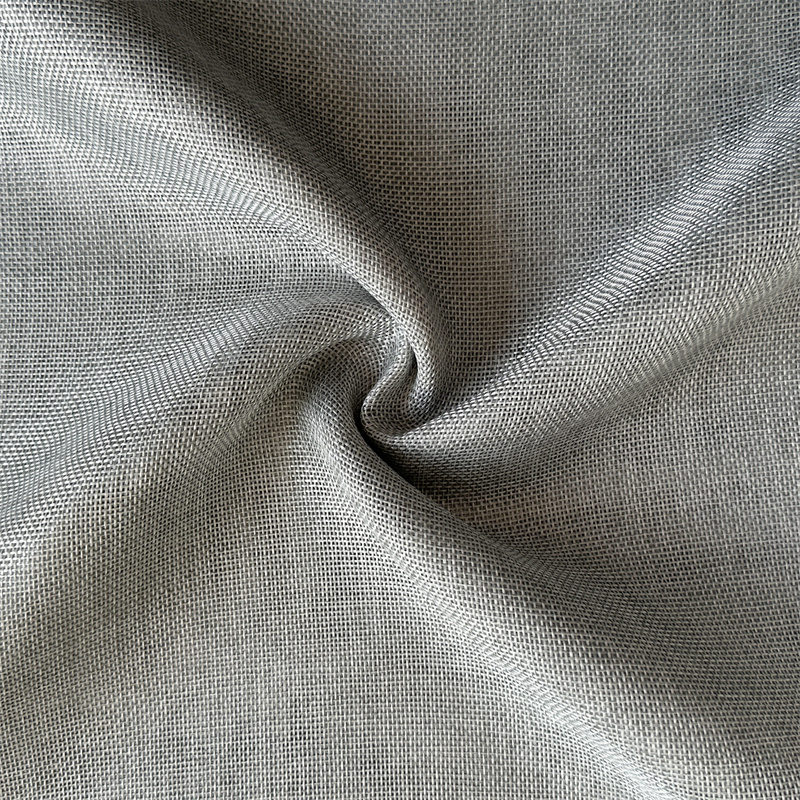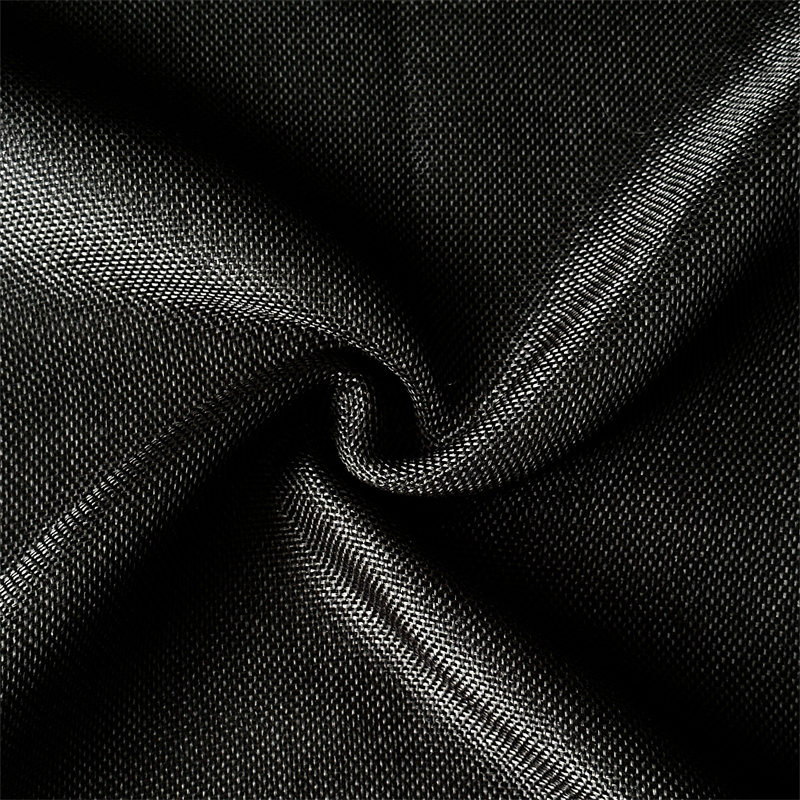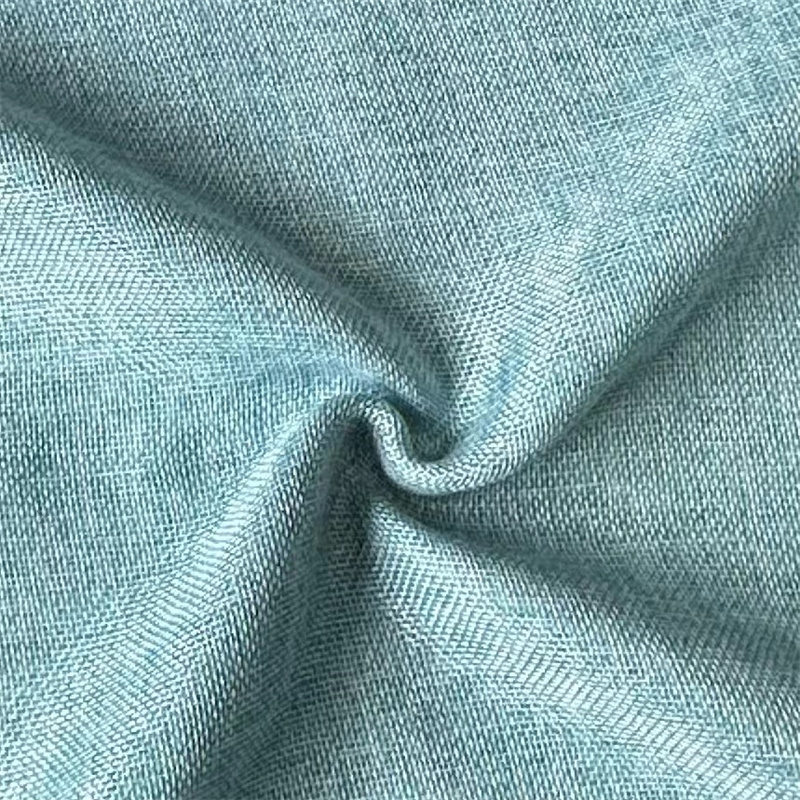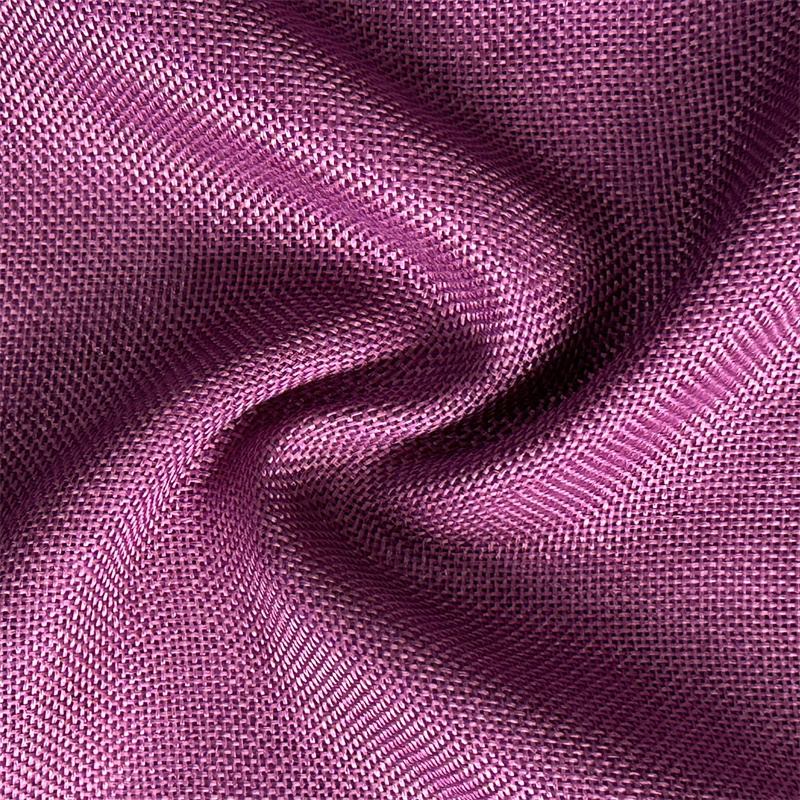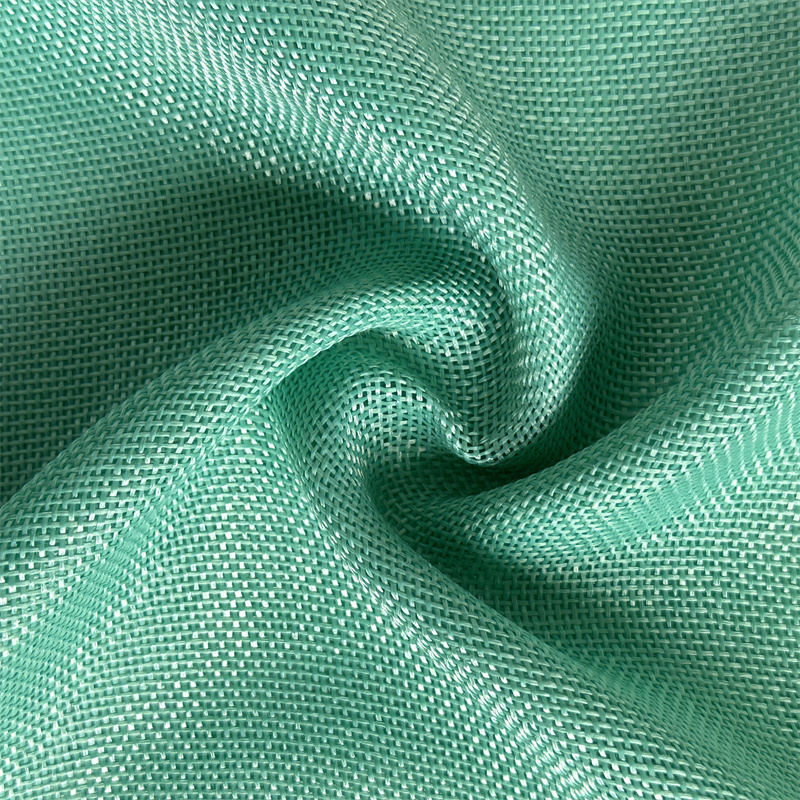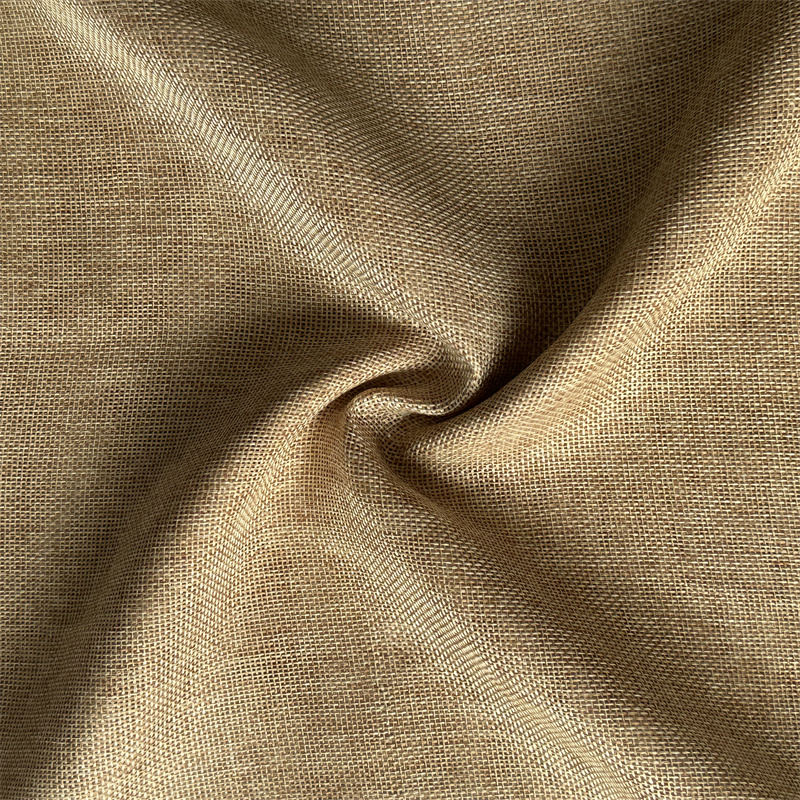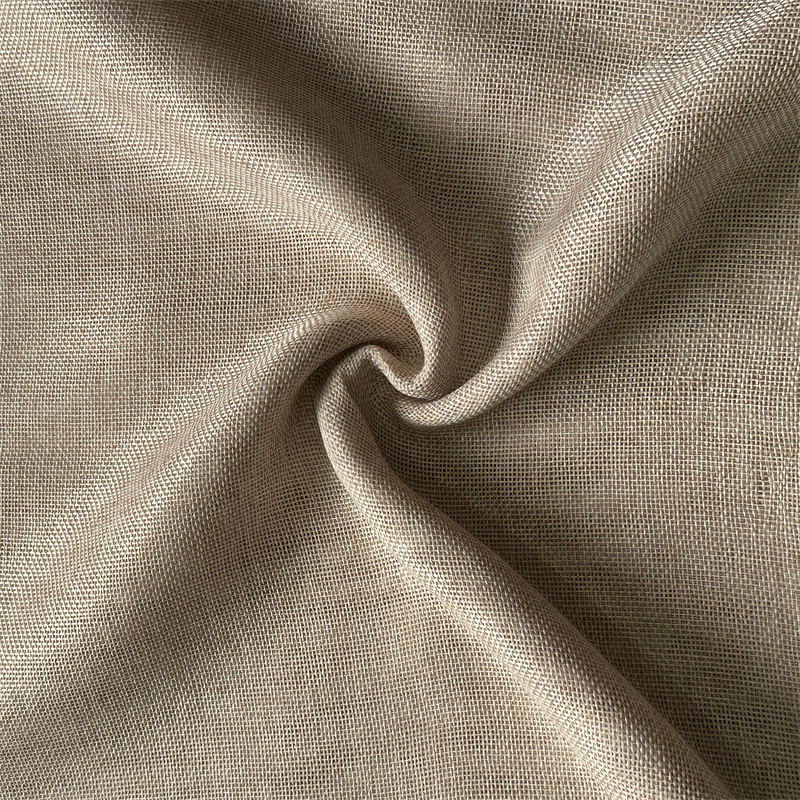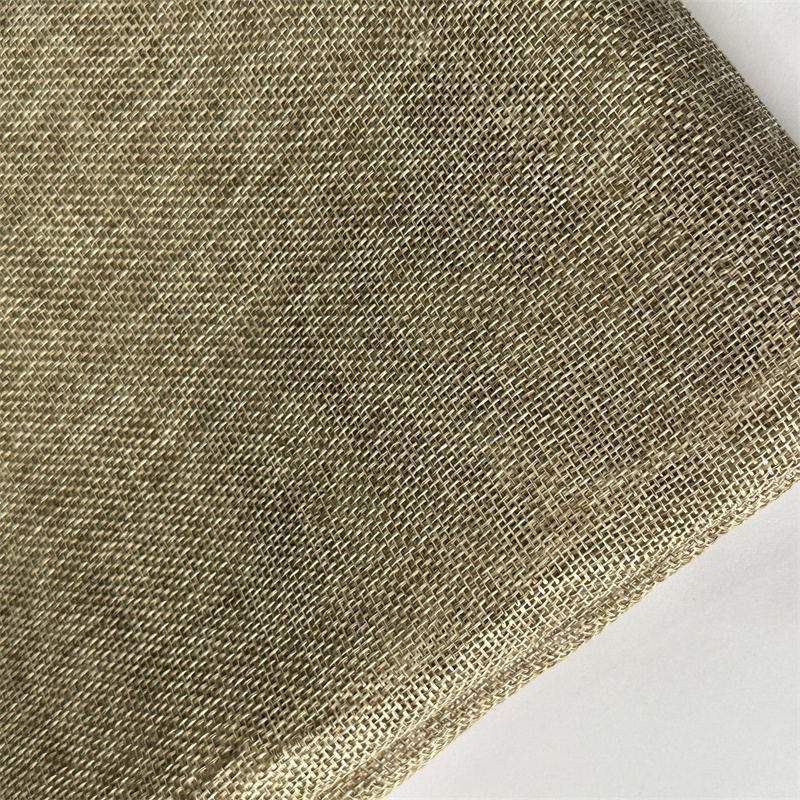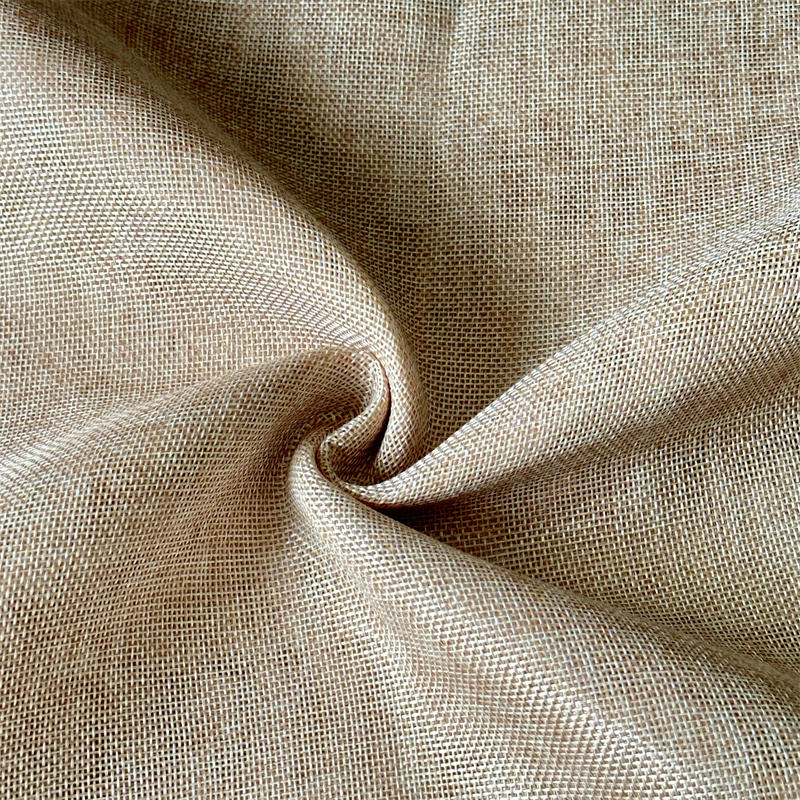Silk has long been celebrated as the “queen of fabrics” — cherished for its luster, softness, and elegance. However, natural silk is expensive, delicate, and not always practical for everyday use. This is where Imitation Silk Fabric steps in — a modern textile innovation that captures the beauty and drape of real silk at a fraction of the cost.
But what exactly is imitation silk fabric? How is it made, and can it genuinely rival the allure and comfort of authentic silk? Let’s explore the fascinating world of this versatile material that’s redefining affordable luxury in fashion and home décor.
What Is Imitation Silk Fabric?
Imitation Silk Fabric, also known as artificial silk or synthetic silk, refers to any man-made or semi-synthetic textile designed to mimic the appearance, texture, and sheen of natural silk. While traditional silk is made from the fibers of silkworm cocoons, imitation silk is crafted using fibers like polyester, nylon, viscose (rayon), or acetate.
These fabrics are woven or knitted to reproduce silk’s smoothness, gloss, and fluid drape. Technological advancements in textile manufacturing have made imitation silk so realistic that even experienced designers sometimes find it difficult to distinguish from genuine silk by appearance alone.
What Fibers Are Used to Create Imitation Silk?
Different types of imitation silk are made from various base materials, each offering unique characteristics. The most common include:
1. Polyester Silk
Polyester is the most popular fiber used for imitation silk due to its durability, affordability, and wrinkle resistance. Through advanced finishing techniques, polyester can be spun and woven to achieve a silky, lustrous finish known as polyester satin or polyester charmeuse.
2. Rayon (Viscose) Silk
Rayon, also called viscose, is a semi-synthetic fiber made from natural cellulose (wood pulp). It closely replicates silk’s softness, breathability, and sheen, making it one of the most authentic imitation silks available.
3. Acetate Silk
Acetate fibers produce fabrics that are lightweight, glossy, and drape beautifully. However, acetate is more delicate and sensitive to moisture compared to polyester.
4. Nylon Silk
Nylon silk fabrics are strong, elastic, and smooth, often used for linings, scarves, and formalwear. They resemble silk in texture and are less prone to wrinkling.
Each fiber type can be engineered to achieve a distinct version of imitation silk suited for different applications—from clothing and lingerie to drapery and upholstery.
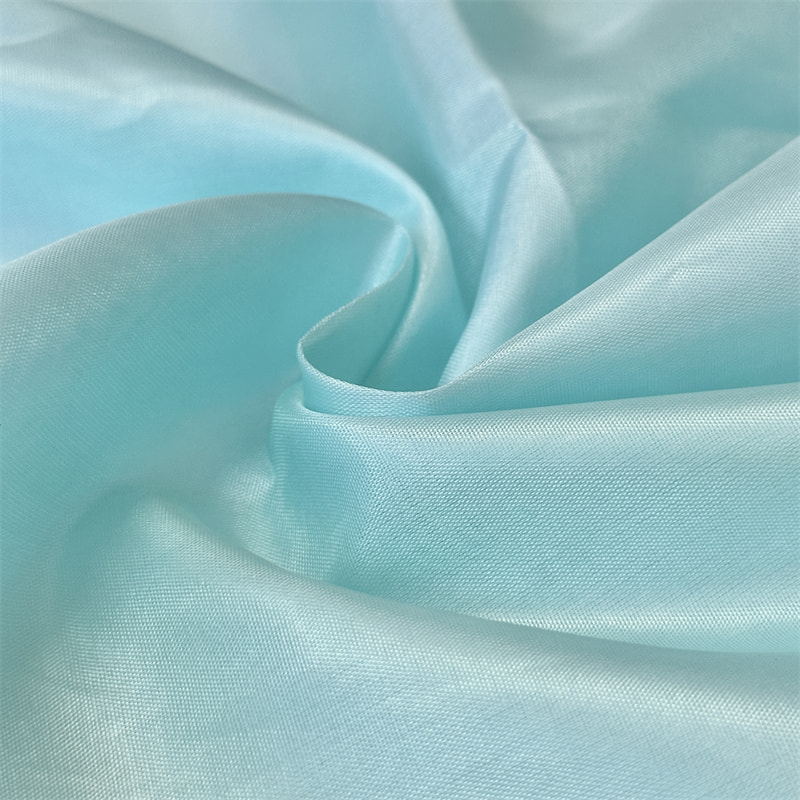
How Is Imitation Silk Fabric Made?
The production of imitation silk involves several intricate steps designed to replicate the luxurious qualities of real silk:
- Fiber Production – Synthetic or regenerated fibers (polyester, rayon, nylon) are extruded into fine filaments.
- Weaving or Knitting – The filaments are woven using techniques similar to silk weaving, such as satin weave, plain weave, or twill weave, to achieve the desired texture and drape.
- Finishing Processes – The fabric undergoes dyeing, calendaring, and heat-setting to enhance smoothness, gloss, and color depth.
- Surface Treatment – Some fabrics are treated with softeners or coatings to mimic the touch and natural sheen of silk even more closely.
Through these processes, manufacturers create imitation silk fabrics that are not only visually stunning but also durable, practical, and affordable.
What Are the Key Characteristics of Imitation Silk Fabric?
Despite being man-made, imitation silk fabrics possess many of the desirable qualities associated with real silk:
1. Luxurious Appearance
The high luster and smooth texture give imitation silk a sophisticated and elegant look, making it perfect for fashion garments and décor.
2. Soft and Comfortable
Advancements in fiber technology have made synthetic silks extremely soft, breathable, and comfortable to wear, even for long periods.
3. Excellent Drape
Like real silk, imitation silk falls gracefully and moves fluidly with the body — a key reason designers favor it for dresses, blouses, and gowns.
4. Wrinkle and Shrink Resistance
Unlike genuine silk, which wrinkles easily and shrinks when washed, imitation silk (especially polyester varieties) maintains its shape and requires minimal care.
5. Color Retention
These fabrics absorb dye evenly, resulting in vivid, long-lasting colors that don’t fade easily under sunlight or repeated washing.
6. Affordability
Imitation silk offers the luxury look of silk at a fraction of the cost, making it accessible to a broader audience.
How Does Imitation Silk Compare to Real Silk?
| Property | Real Silk | Imitation Silk |
| Source | Natural (silkworm cocoons) | Synthetic or semi-synthetic fibers |
| Texture | Extremely soft and smooth | Smooth and similar, sometimes slightly heavier |
| Breathability | Excellent | Good to moderate |
| Durability | Delicate, prone to damage | More durable and wrinkle-resistant |
| Care | Requires dry cleaning | Usually machine washable |
| Cost | Expensive | Affordable |
| Shine | Natural, subtle gloss | Varies from subtle to high sheen |
| Sustainability | Biodegradable | Depends on fiber type (rayon is biodegradable; polyester is not) |
Conclusion:
While real silk remains unmatched in luxury and natural elegance, imitation silk provides an excellent alternative for those seeking beauty, comfort, and practicality without the high price or maintenance challenges.
Where Is Imitation Silk Fabric Used?
The versatility of imitation silk makes it suitable for a wide range of applications across fashion, interior design, and industrial sectors.
1. Fashion and Apparel
- Evening gowns and cocktail dresses
- Blouses, skirts, and scarves
- Lingerie and sleepwear
- Ties and accessories
Its lightweight drape and luxurious finish make it a favorite choice for affordable high-fashion designs.
2. Home Furnishings
Imitation silk is often used for:
- Curtains and drapes
- Upholstery
- Pillow covers and bedding
- Table runners and decorative fabrics
These fabrics bring a touch of elegance and shine to home interiors without the fragility of real silk.
3. Event and Wedding Décor
Event planners use imitation silk for chair sashes, tablecloths, and backdrop drapery, as it creates a glamorous setting while remaining cost-effective and easy to maintain.
4. Industrial Uses
In some technical applications, imitation silk materials are used for lining, labels, and specialty packaging, owing to their smooth surface and strength.
What Are the Advantages of Choosing Imitation Silk Fabric?
- Affordable Luxury – You get the opulent look of silk without the high price tag.
- Easy Maintenance – Most imitation silks are machine washable and quick-drying.
- Durable and Long-Lasting – Resistant to wrinkles, shrinking, and fading.
- All-Season Fabric – Lightweight enough for summer wear and easy to layer for winter.
- Cruelty-Free Option – No silkworms are harmed in production, making it suitable for vegan or ethical consumers.
- Wide Range of Colors and Patterns – The fabric takes dye beautifully and can be printed or woven into endless designs.
Are There Any Drawbacks?
While imitation silk offers many benefits, it’s not without limitations:
- Less Breathable: Synthetic versions (especially polyester) may trap heat and feel less airy than natural silk.
- Static Build-Up: The fabric can generate static electricity in dry conditions.
- Slightly Different Feel: While similar, it doesn’t completely replicate silk’s delicate natural texture.
- Environmental Concerns: Polyester-based imitation silks are not biodegradable, though recyclable options are improving sustainability.
To address these issues, eco-friendly alternatives like bamboo silk, cupro, or recycled polyester silk are gaining popularity.
How to Care for Imitation Silk Fabric
Proper care helps maintain the beauty and longevity of imitation silk garments and décor:
- Washing: Use cold or lukewarm water and mild detergent. Hand washing is recommended for delicate items.
- Drying: Air dry flat or hang to dry; avoid direct sunlight to prevent color fading.
- Ironing: Use a low-temperature setting and press on the reverse side to prevent shine marks.
- Storage: Store in a cool, dry place; avoid prolonged folding to prevent creases.
Compared to real silk, imitation silk is much easier to care for and doesn’t require professional dry cleaning.
How Is Imitation Silk Contributing to Sustainable Fashion?
The fashion industry is shifting toward eco-conscious materials, and imitation silk plays an important role in this transition.
Manufacturers are now developing biodegradable and recycled fibers, such as:
- EcoVero™ viscose (from renewable wood sources)
- Recycled polyester silk (made from plastic bottles)
- Cupro silk (from cotton waste fibers)
These innovations combine sustainability with luxury, offering an ethical alternative to both synthetic and natural silks.
The Aesthetic Appeal of Imitation Silk
Imitation silk doesn’t just imitate — it enhances. With options like satin, charmeuse, chiffon, georgette, and organza, designers can achieve different looks:
- Satin – glossy and smooth for elegant gowns.
- Chiffon – lightweight and sheer for feminine blouses.
- Charmeuse – fluid and lustrous for high-end fashion.
- Organza – crisp and translucent for decorative use.
These variations allow endless creativity, making imitation silk a designer’s dream material.
Conclusion: Is Imitation Silk Fabric Worth It?
Imitation Silk Fabric represents the perfect fusion of beauty, practicality, and innovation. It captures the elegance and sophistication of natural silk while offering the advantages of durability, affordability, and easy care.
For designers, it’s a canvas of endless possibilities — luxurious yet accessible. For consumers, it’s an invitation to experience the glamour of silk without compromise. And for the environment, it’s an opportunity to move toward sustainable luxury through recycled and plant-based fibers.
So, can imitation silk truly match the allure of real silk?
Perhaps not in every microscopic detail — but in terms of style, versatility, and value, it comes remarkably close. In today’s fashion landscape, imitation silk isn’t just a substitute; it’s a smart, ethical, and modern evolution of luxury.


 中文简体
中文简体 Español
Español

